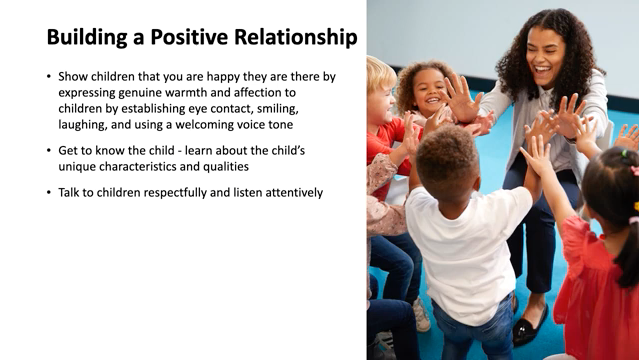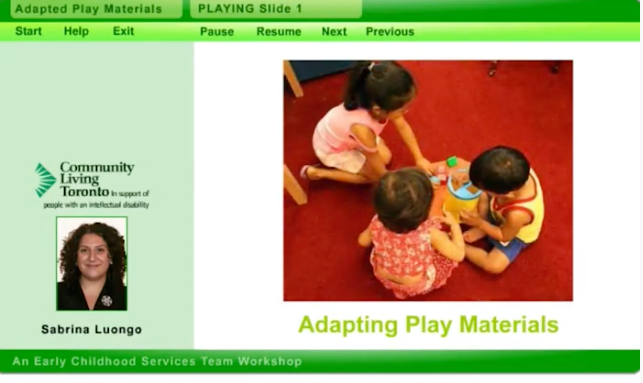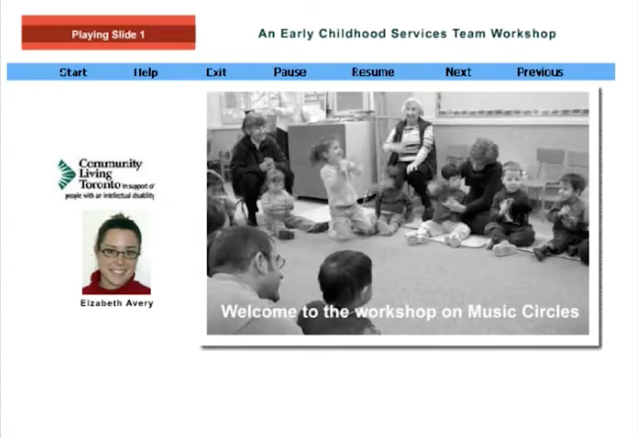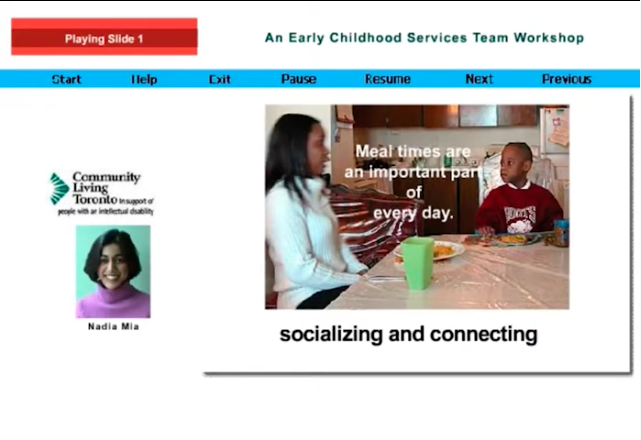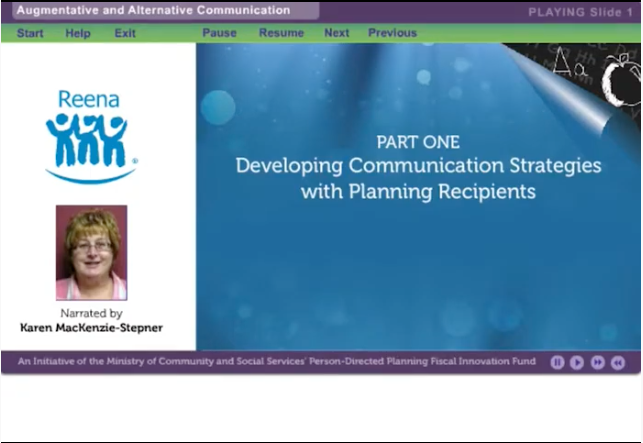Accessibility in your environment is as fundamental as fresh air and a welcoming smile at the door.
Here’s how to do everything – from creating comfortable spaces, to simple modifications you can make to everyday toys. Sometimes, it’s the smallest things that make the biggest difference.
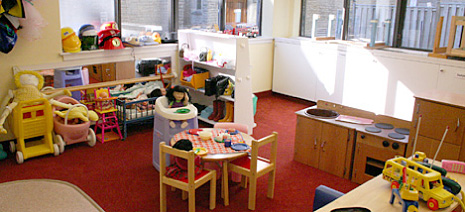
Creating a Calming Environment
Positive adult-child relationships along with intentional planning of the physical environment contribute to a child’s sense of security. Creating a safe, nurturing space that has predictable routines and takes into consideration the children’s sensory needs can increase a child’s resilience and self-esteem.
Context stories
Here are two simple stories about adapting and accommodating. They’re a good place to start. An important part of the solution to Abdi’s mealtime behaviour is a simple adaptation to his environment at the table. In Chung Lee’s story, we use the environment to support success.
Articles
- Classroom layout tips
- Creating a positive environment
- What is Specialized equipment
- Identifying skills to teach
- Mealtime accommodations
- Request a food item
- Children with food preferences
- Special diets
- What are tube feedings
- Getting dressed
- Putting on a jacket
- Steps towards toileting independence
- How to use an Elimination record
- Vision assessment
- Programming for a child with a visual impairment
- Types of hearing tests for children
- Programming for a child with a hearing impairment
- Circle time
- Nap time considerations
- Toy shop

